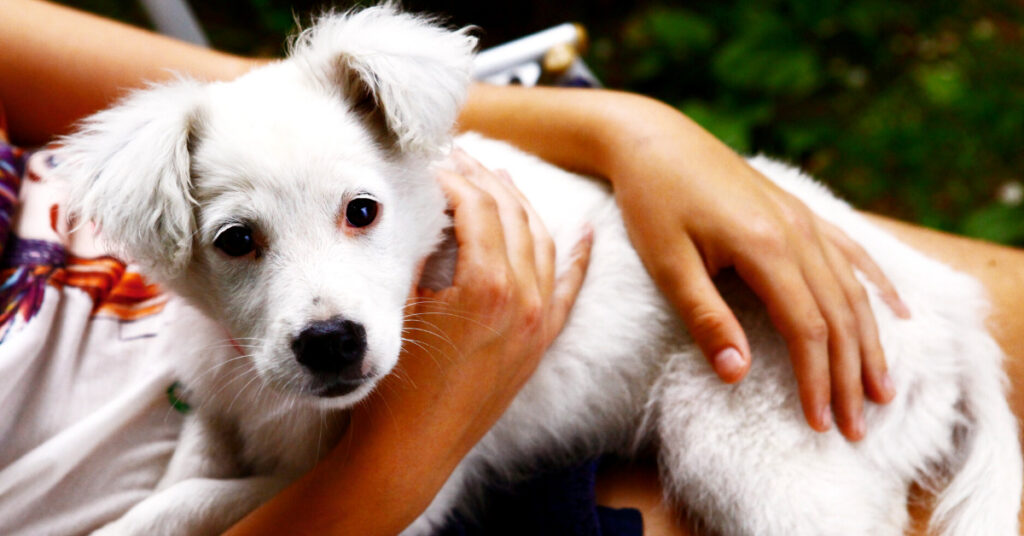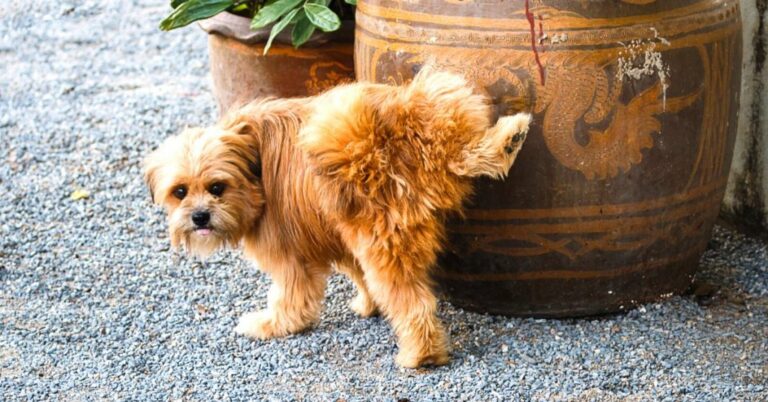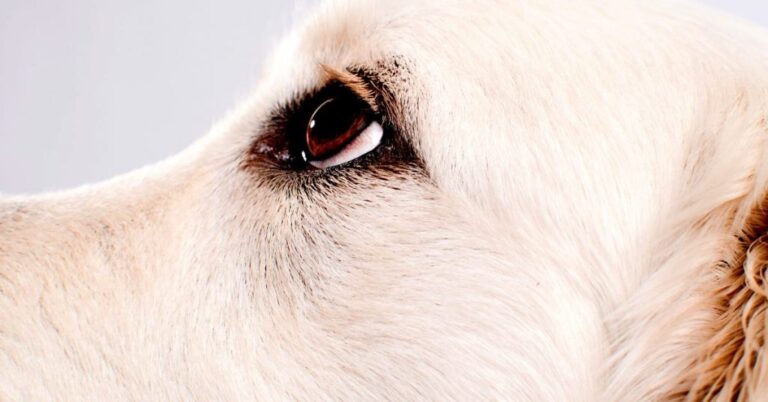Treating Luxating Patella in Dogs
Reviewed by Lauren Cannon, DVM
Luxating patella usually affects very small or tiny dogs.
Luxating means dislocated or out of place, and patella is the dog’s kneecap.
A luxating patella is a kneecap at the knee joint that has dislocated from its normal groove. In humans, it’s known as a “trick knee.”
Your dog will be unable to move or extend their knee correctly if this happens. This might result in limping or a strange walking. It may also cause discomfort and, in the long run, arthritis.
What is a Luxating Patella?

The dog’s knee structure consists of the patellar ligament connecting the kneecap to the patella.
The big thigh muscles are attached to a location on the central front of the shin bone by this ligament (tibia).
When the thigh muscles contract, the force is transferred to the shin bone via the patellar ligament. The knee is extended or straightened as a result of this.
Due to a congenitally shallow trochlear groove, many small breed dogs, such as Maltese, French poodles, and Bichon frise canines, are genetically predisposed to luxating patellas.
Because the location of attachment of the patellar ligament is not on the midline of the tibia in some dogs, particularly bow legged dogs, the patella may luxate.
The force applied on the patella by the thigh muscles pushes it to the inside of the knee. The inner side of the groove in the femur (thigh bone) may wear away over several months or years of irregular movement.
The patella is then free to dislocate or move toward the interior of the knee once this occurs.
When the patella luxates, the dog will have trouble bearing weight on the leg although there are rarely any symptoms of discomfort.
Patellar luxation puts the knee at risk for additional problems, such as ruptured cruciate ligaments.
The dog may learn to kick the leg to the side, causing the knee to hyperextend and the patella to snap back into place.
Patellar luxation is classified medically into many degrees or grades. It can be mild, where the kneecap luxates only when force is applied to it, or moderate, where the kneecap will pop out frequently.
In severe cases, the kneecap may be dislocated for most of the time.
Causes of Luxating Patella
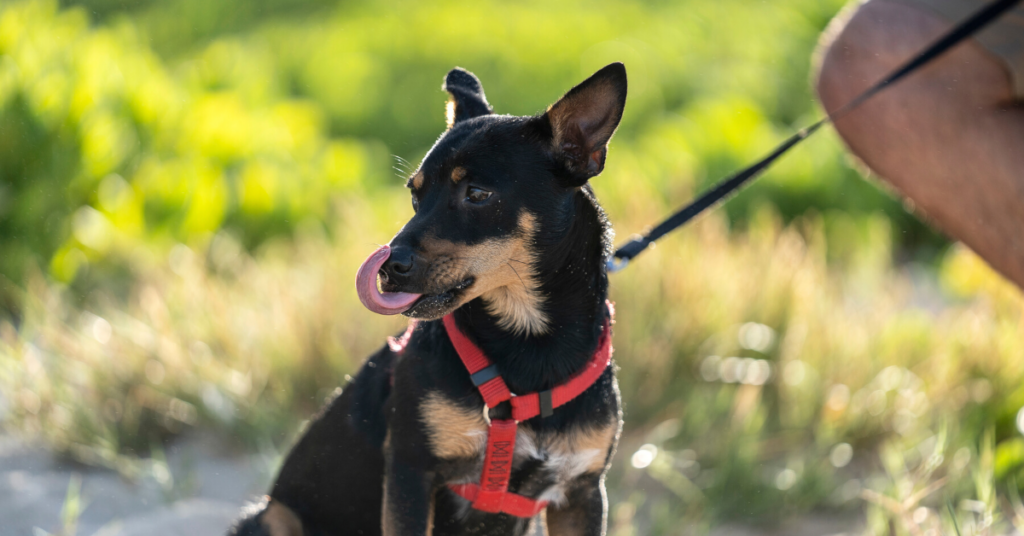
Luxating patella can be congenital, genetic or from a traumatic injury. Most cases are genetic. Luxating patellas can also come from a skeletal defect, such as:
- A femur with abnormal angulation and rotation
- Abnormal tibia
- Tight quadriceps muscles, which pull the patella out of its groove
- Loose or very long patellar ligament
- Hip dysplasia
Signs of Luxating Patella

If you notice a bow legged stand on your dog, this can mean they are likely to have a luxating patella.
A “skipping” is the most common sign of a luxating patella, especially in tiny breeds. Your dog may bounce along for a few paces before returning to regular movement.
As the kneecap pops out of position, you may hear a clicking sound. You may also notice your dog sitting with his knee pointing outward.
If your dog has luxating patella in both knees, you might see him walk weirdly, and his knees may not extend fully.
Types of Luxating Patella

Types of luxating patella include:
Medial Luxation
The most common type of luxating patella is the medial luxation. This happens when the kneecap sits on the inner part of the knee.
Medial luxation is a hereditary condition. It’s possible that puppies are born with anatomical defects that allow them to luxate throughout time.
It’s more common in puppies and young dogs. According to one research, 82 percent of dogs with luxating patellas had them from birth.
Small breeds made up 98 percent of the dogs with medial luxation. Half of the dogs with medial luxation had it in both legs.
Lateral Luxation
Lateral luxation occurs when the kneecap rubs against the outside of the knee. Large breed dogs are more prone to lateral luxation than tiny dogs.
In tiny dogs, lateral luxation is frequently caused by a breakdown in soft tissue rather than skeletal abnormalities. When dogs are between the ages of 5 and 8, this occurs.
In large breeds, it often happens due to other problems like hip dysplasia.
It can also be caused by a traumatic injury to the knee. Severe lameness can arise very quickly in this case.
Grades Of Luxating Patella

Grades of patellar luxation include:
Grade I: When the knee is extended, the kneecap can be physically pushed out of its groove. However, it returns to its original place on its own.
Grade II: The kneecap occasionally slips out of its groove, but it may be adjusted back into position.
Grade III: The kneecap is permanently out of its groove. It can be manually repositioned, but it will pop out again.
Grade IV: The kneecap is stuck out of it’s groove and cannot be moved back into position.
Diagnosis & Treatment of Luxating Patella
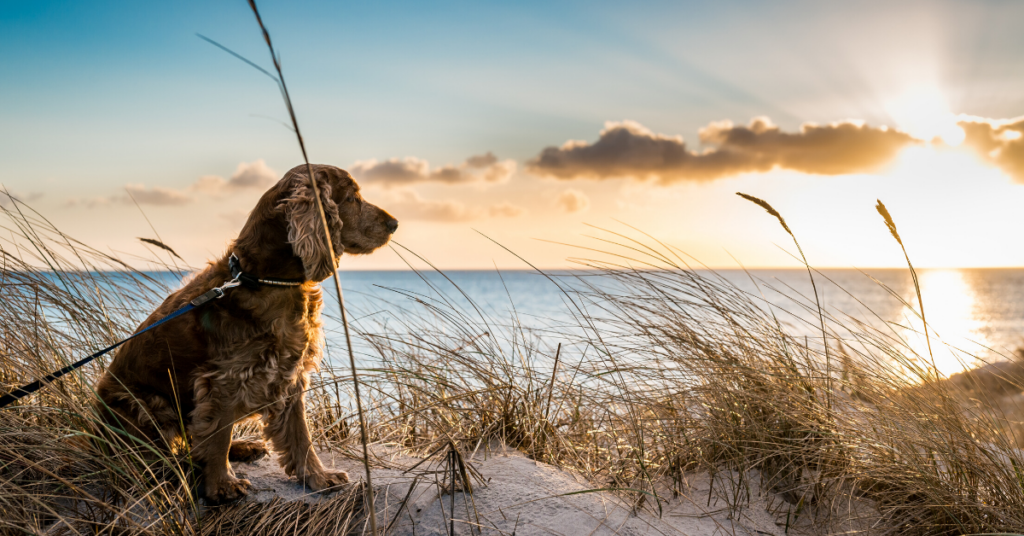
If your dog shows any luxating patella signs, get him examined by your veterinarian. A manual exam is generally used to diagnose it.
Your veterinarian will determine the severity of your dog’s luxating patella. After determining the severity of your dog’s luxating patella, your vet will offer treatment options.
Dogs with grades II to IV are surgically repaired. Surgical repair usually consists of three steps:
1- The patellar ligament’s location of attachment to the shin bone is transplanted (relocated) to its appropriate position.
2- The femur’s groove is deepened to keep the patella in place.
3- The joint capsule has been reinforced. The joint capsule expands when the patella luxates. It helps to keep the patella from luxating again by tightening it.
A patella implant can also be put on the inside of the knee, preventing the patella from slipping over it. The recovery time after surgery is typically extremely short, especially if pain is managed properly.
When to See a Veterinarian

If you notice a bow legged stand on your dog, skipping, clicking sound around the knee, or walking in an awkward way.
It’s best to contact your veterinarian to help diagnose your dog’s condition, and recommend the suitable treatment.
The prognosis is great if your veterinarian performs surgery before arthritis or another type of knee damage develops.
Your dog’s leg should be fully functional again. However, if your dog already has arthritis in the knee joint, he or she may have periodic leg pain and the arthritis may worsen.
Prescription anti inflammatories, joint supplements, and/or specific therapeutic joint diets may help manage pain and delay the development of arthritis.

